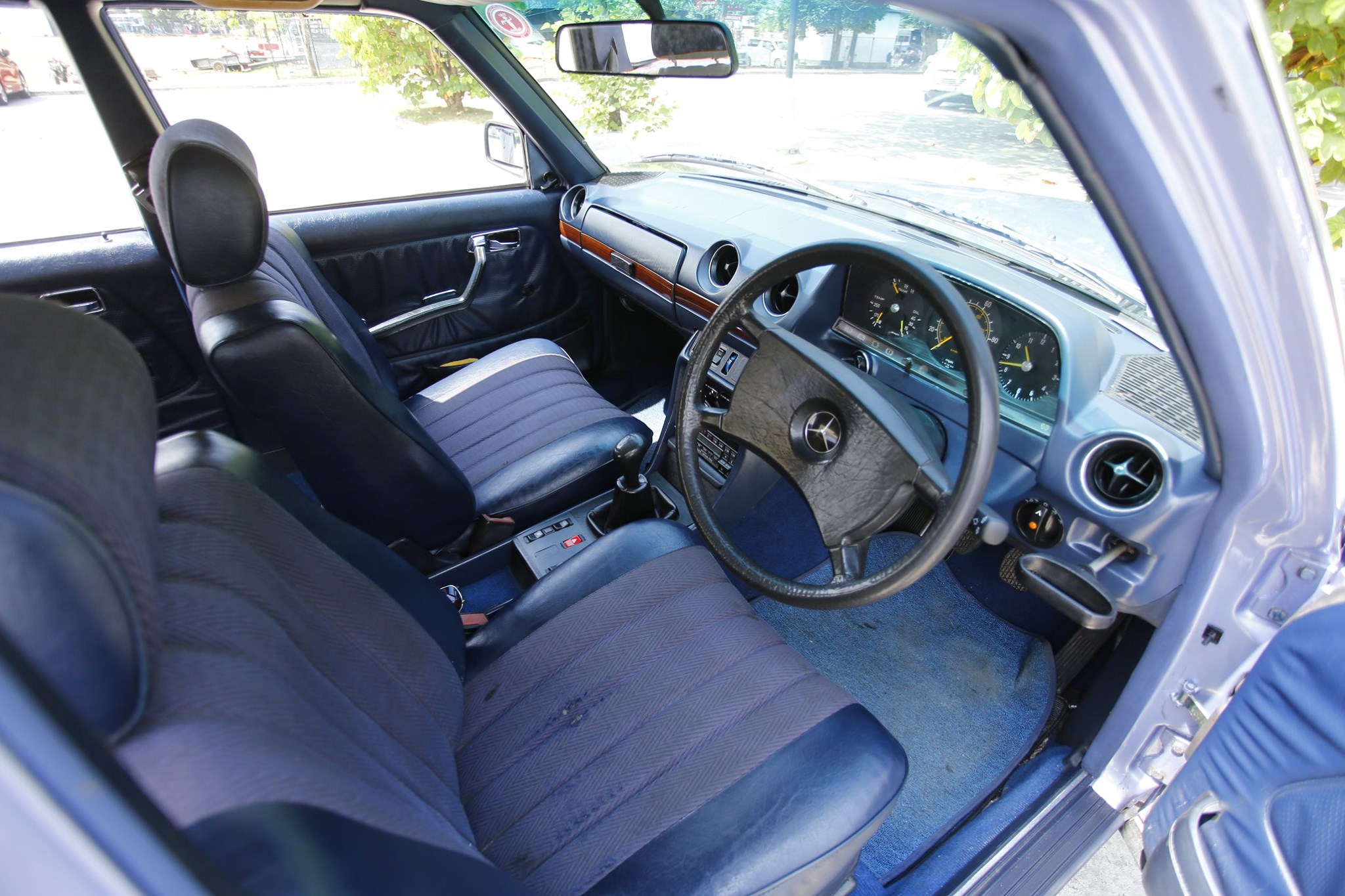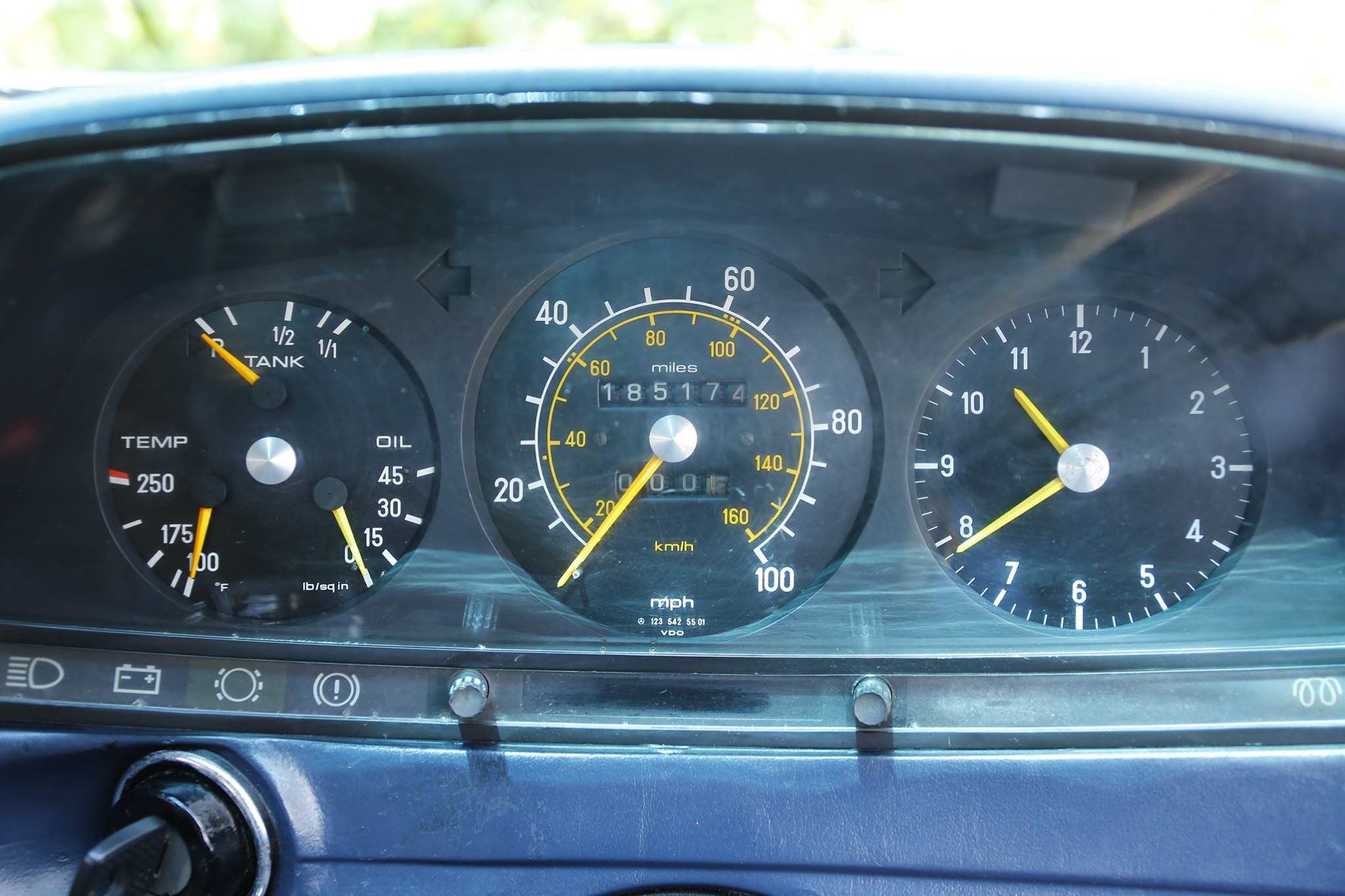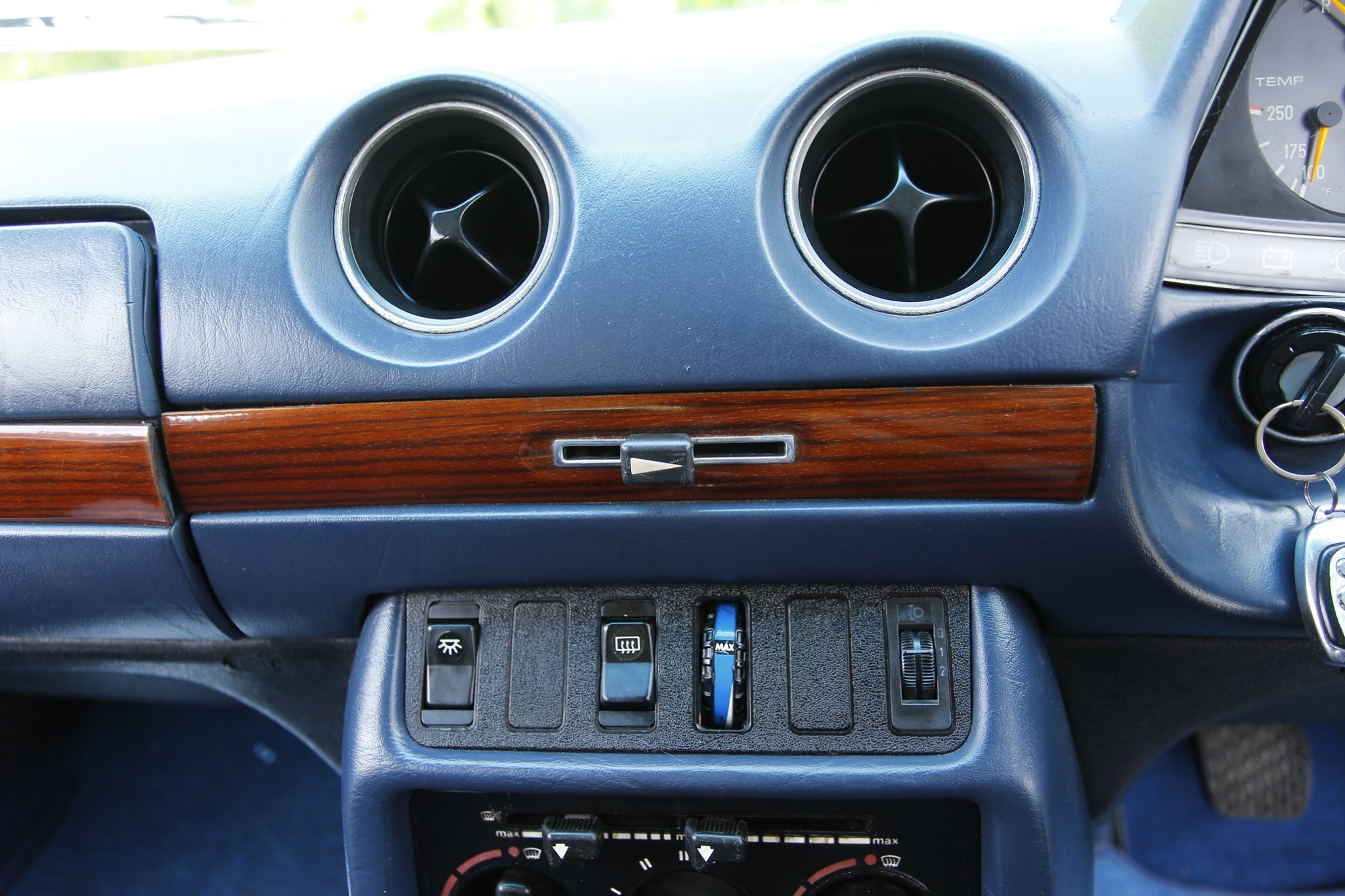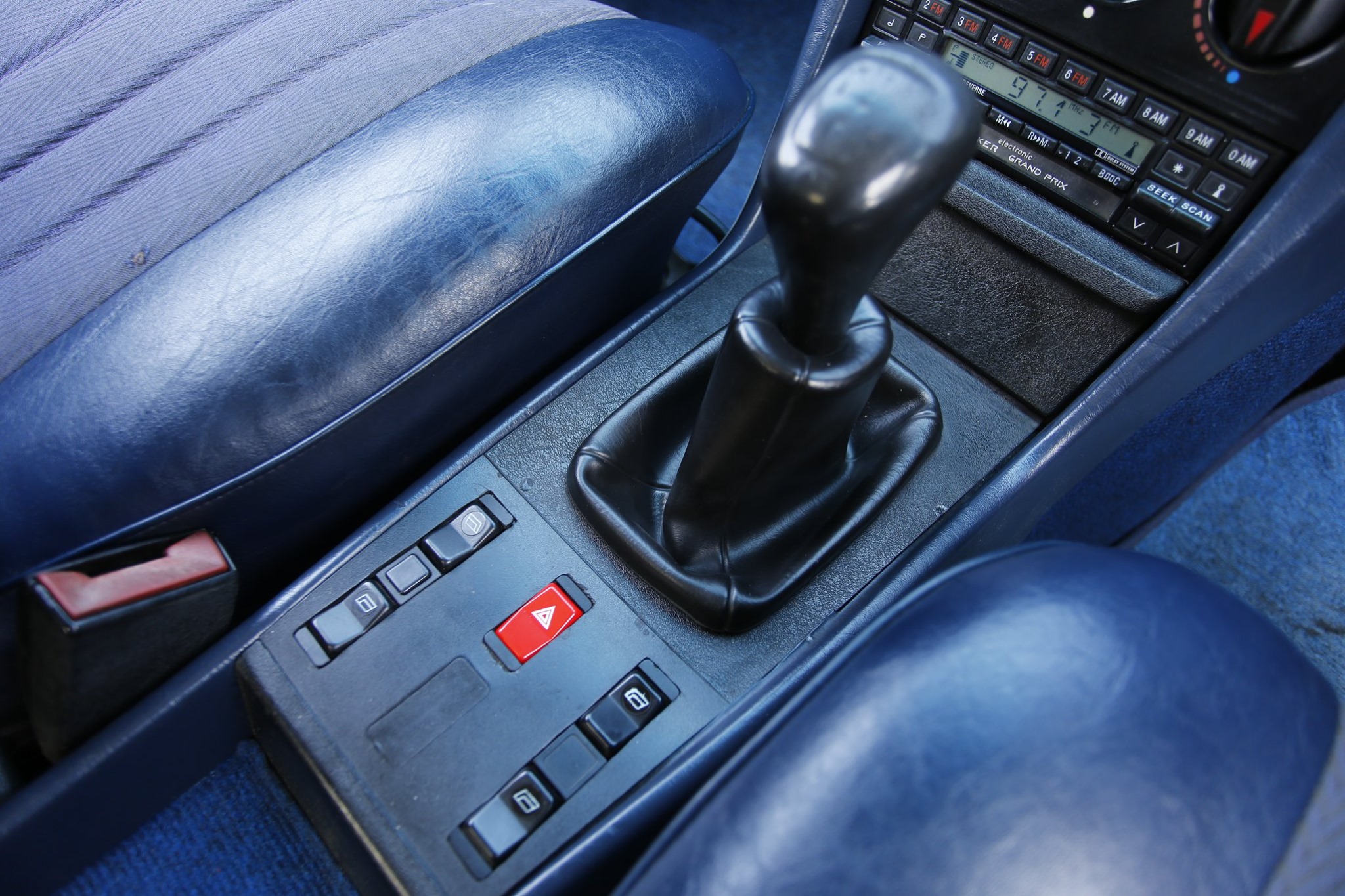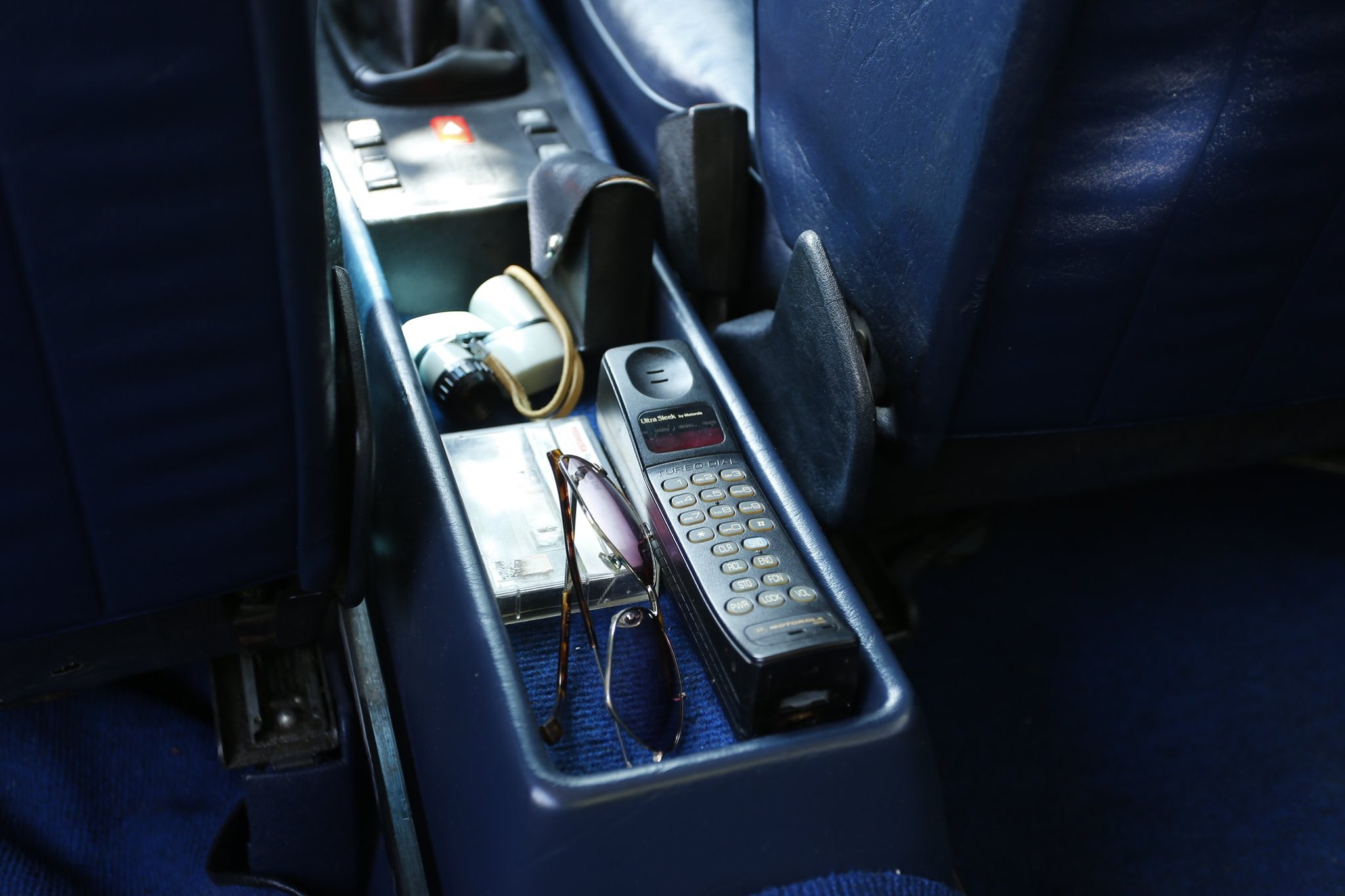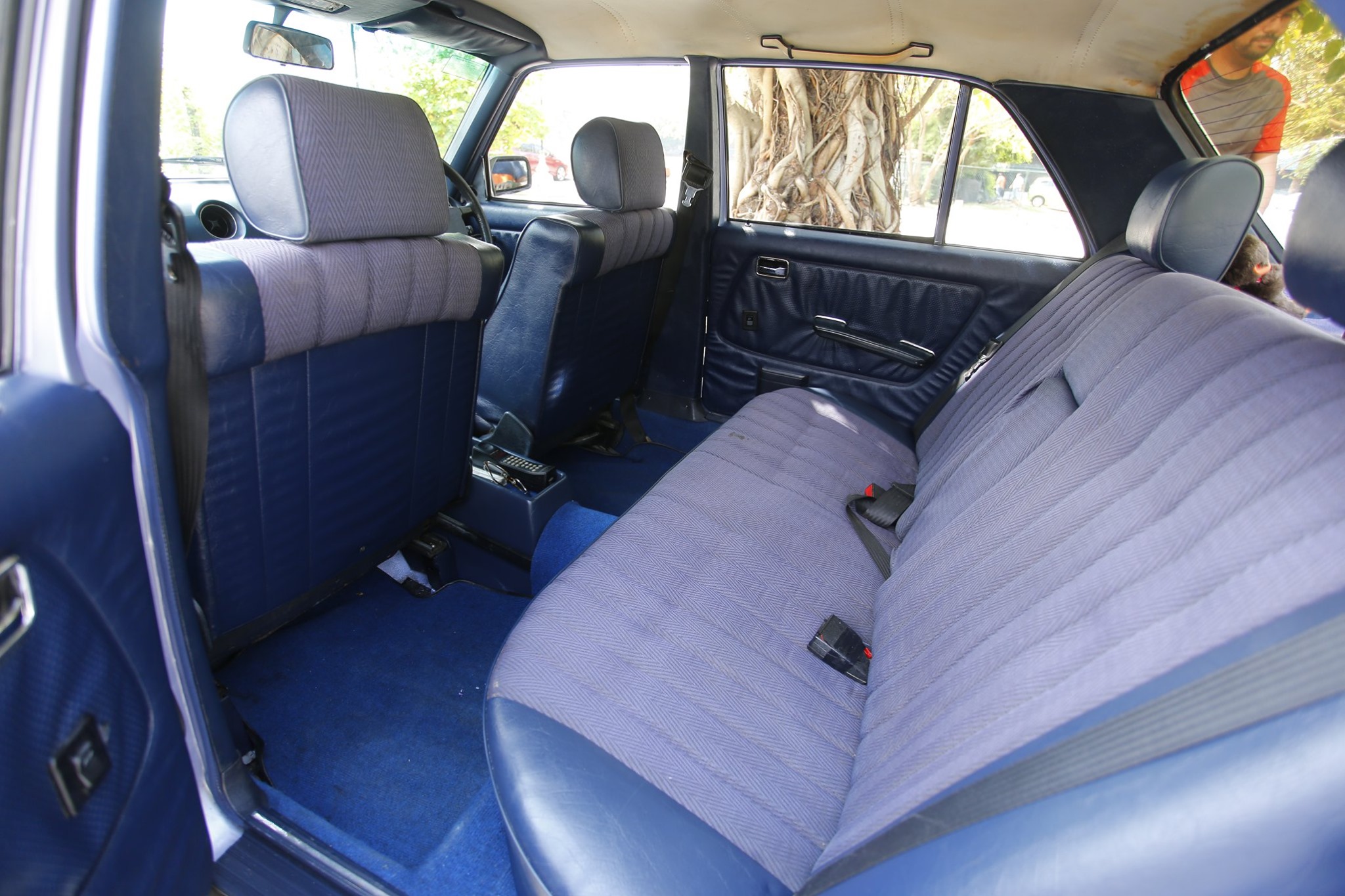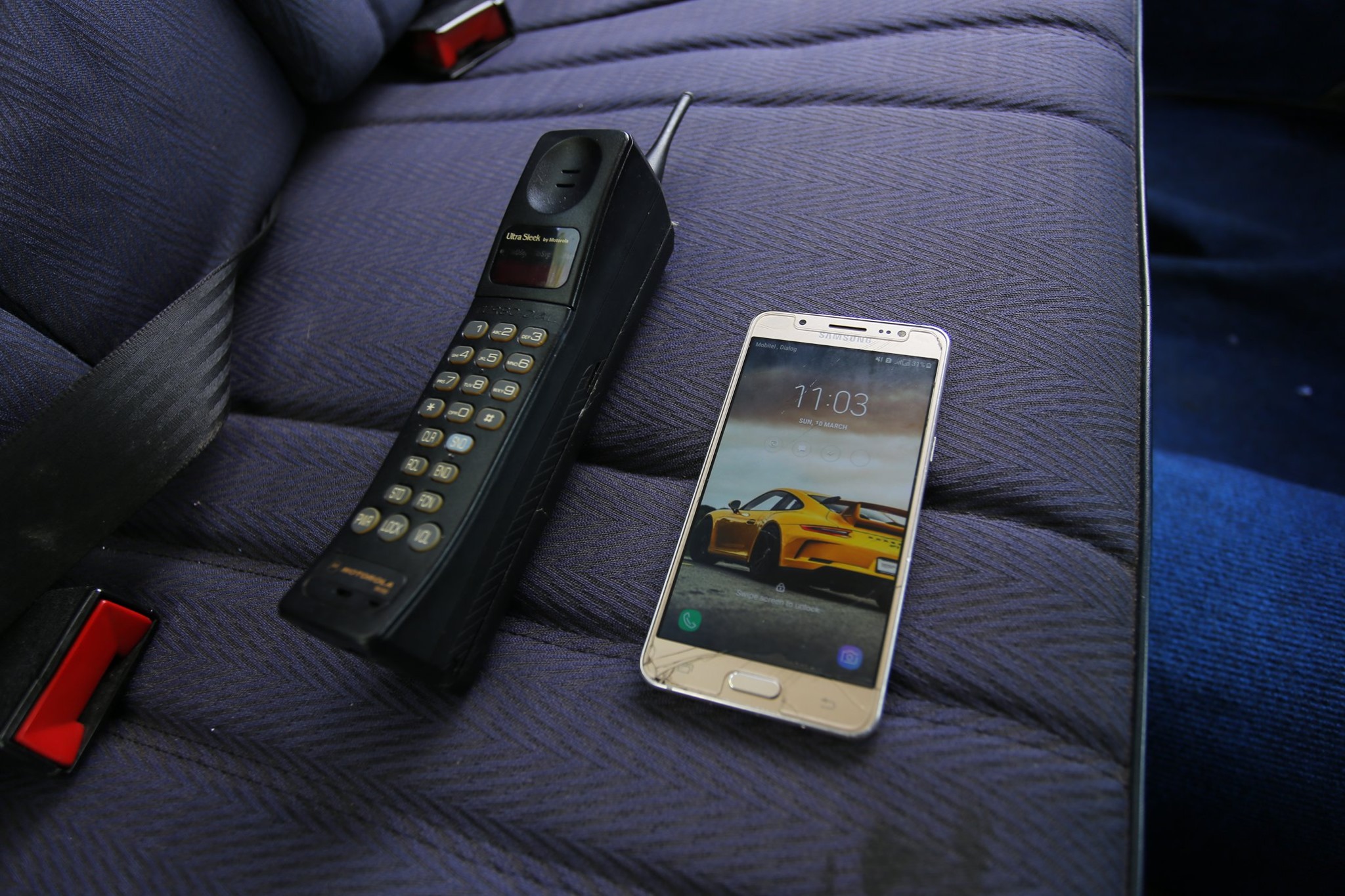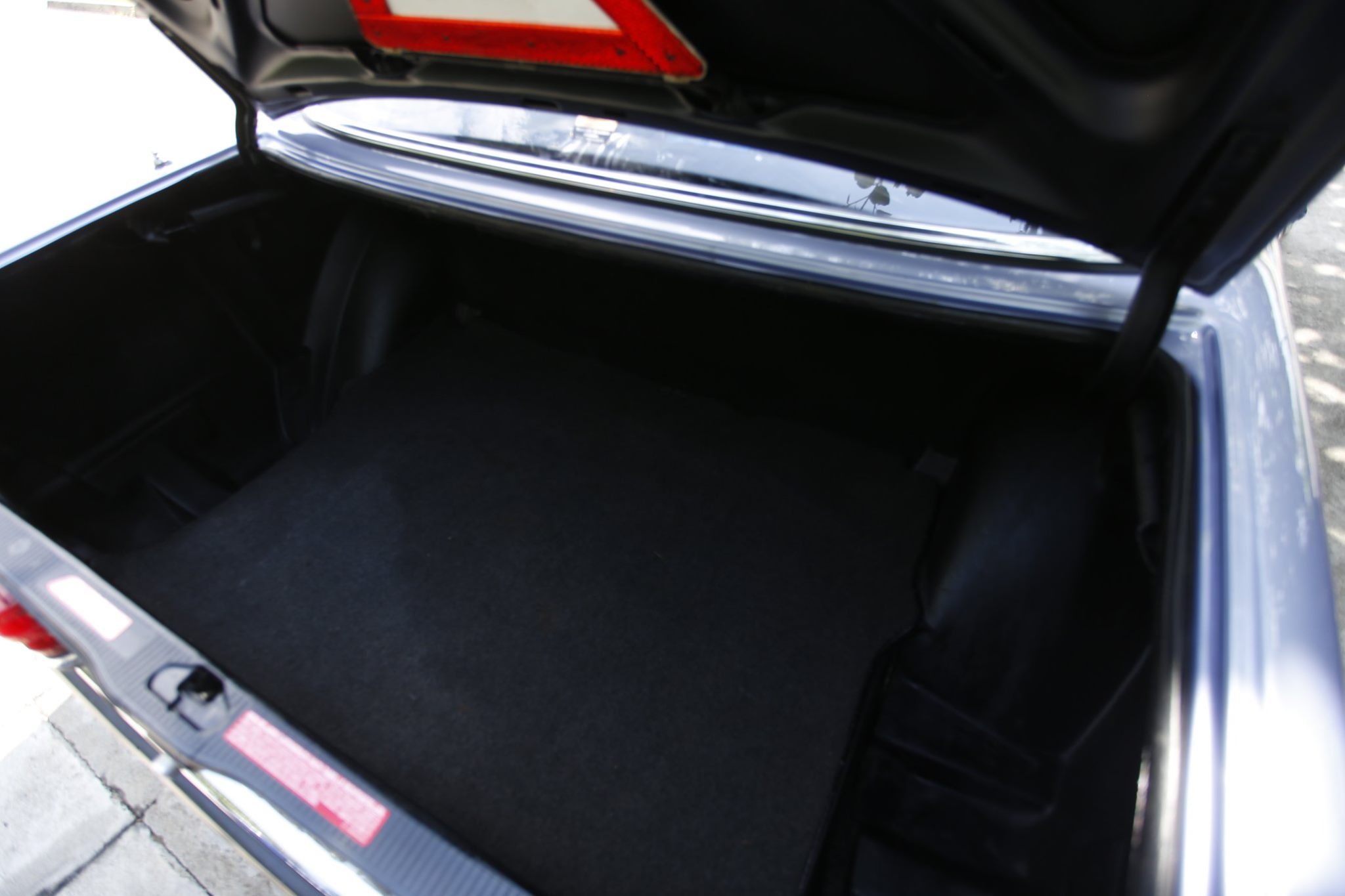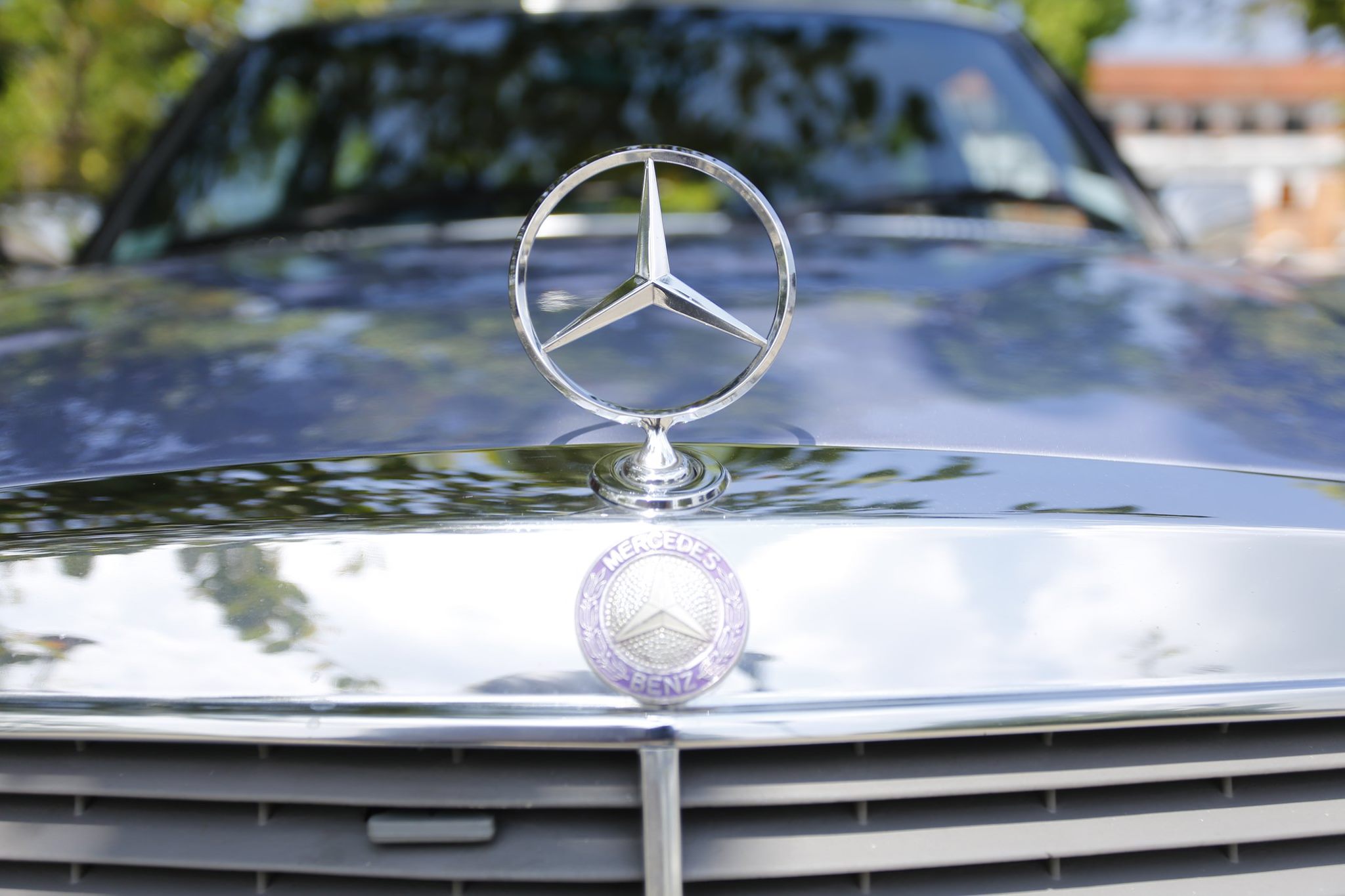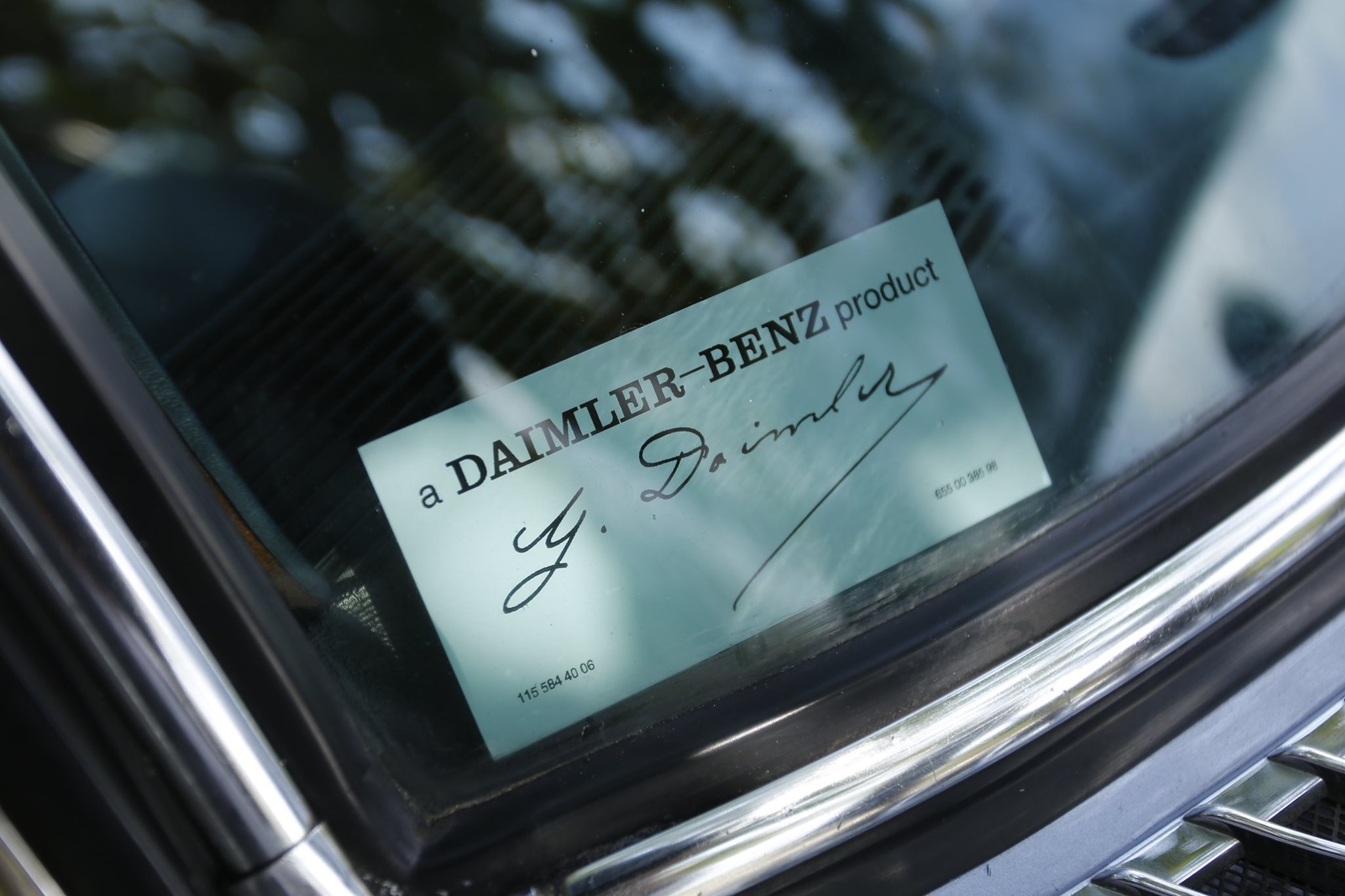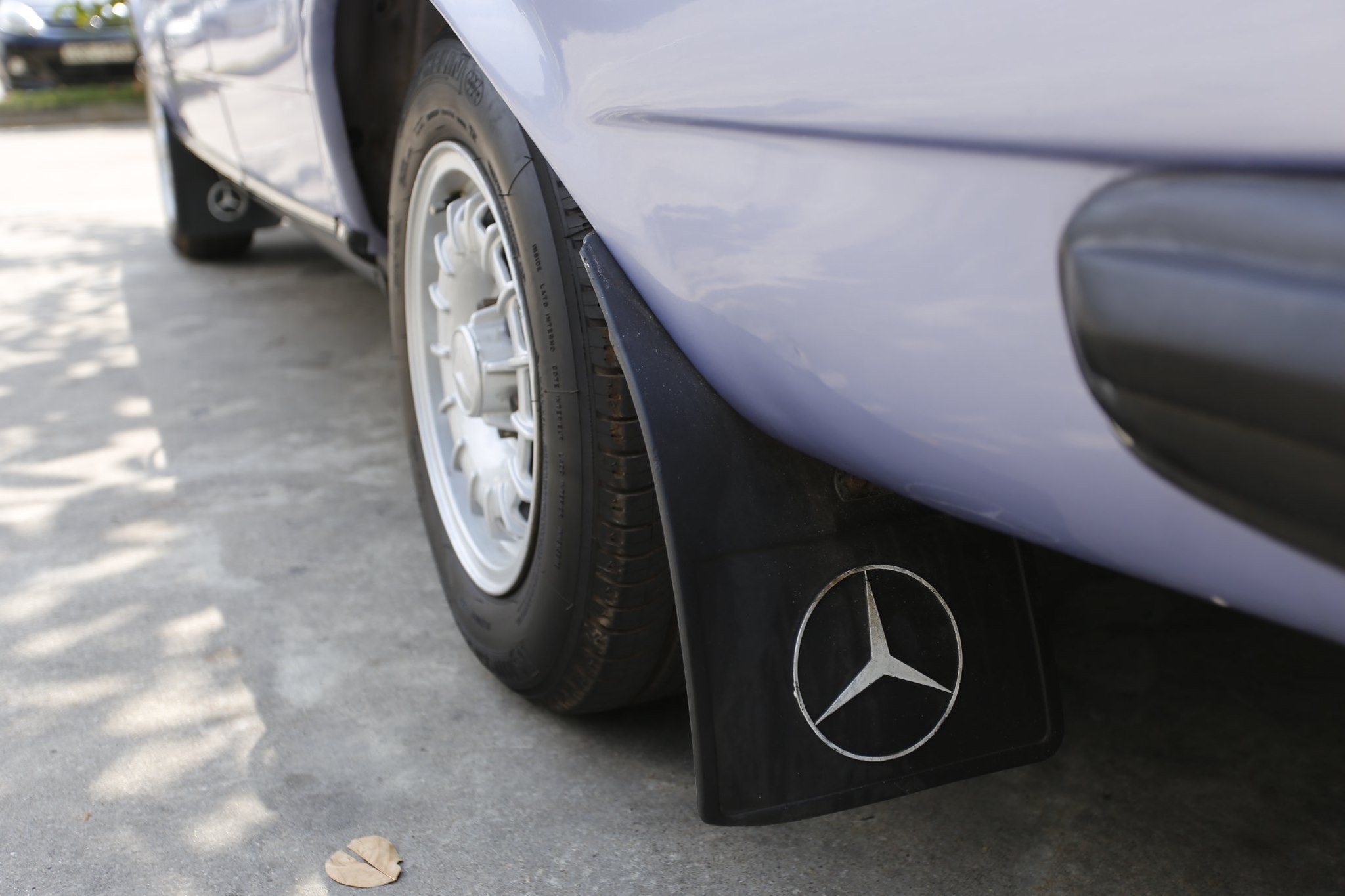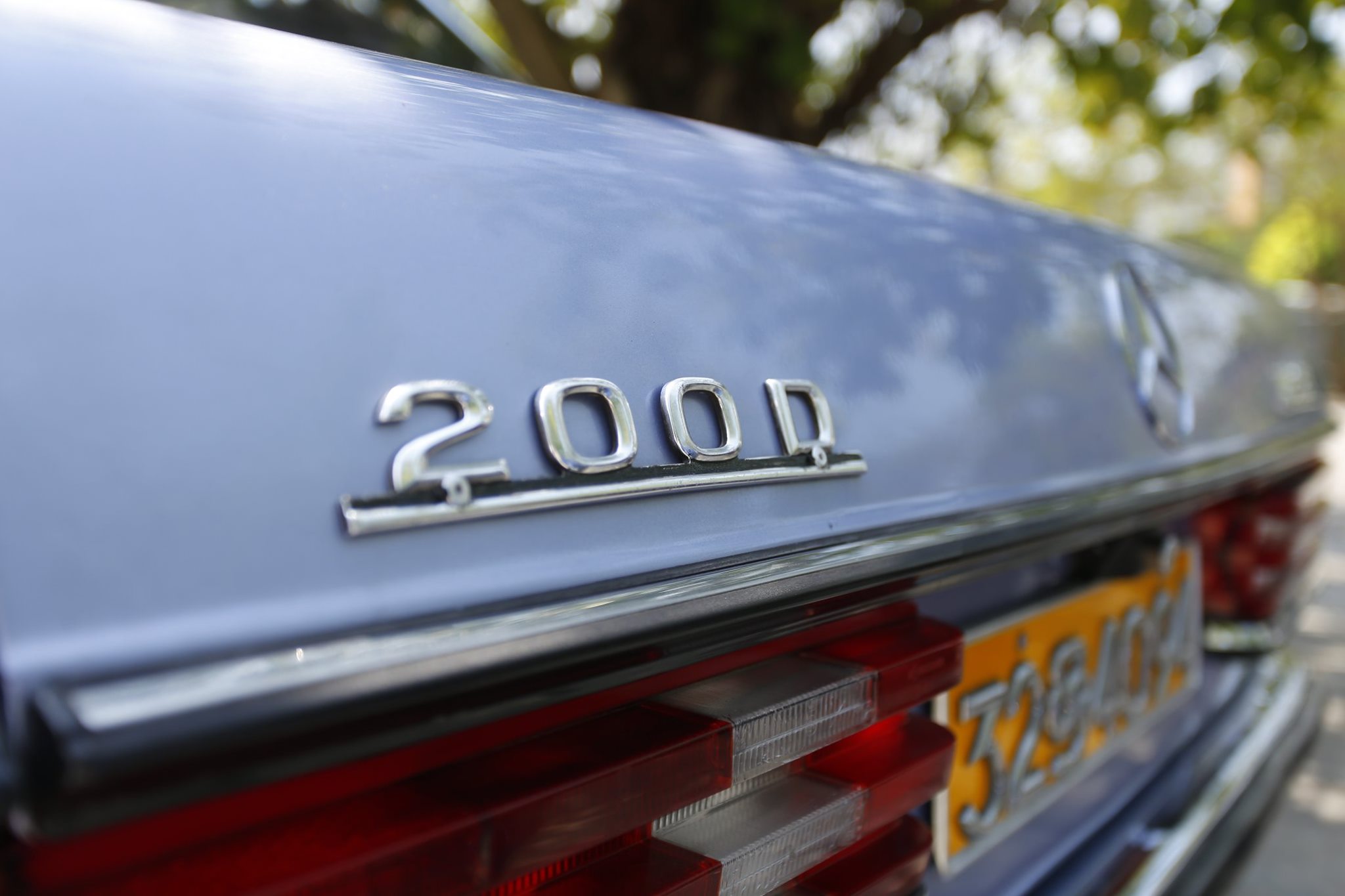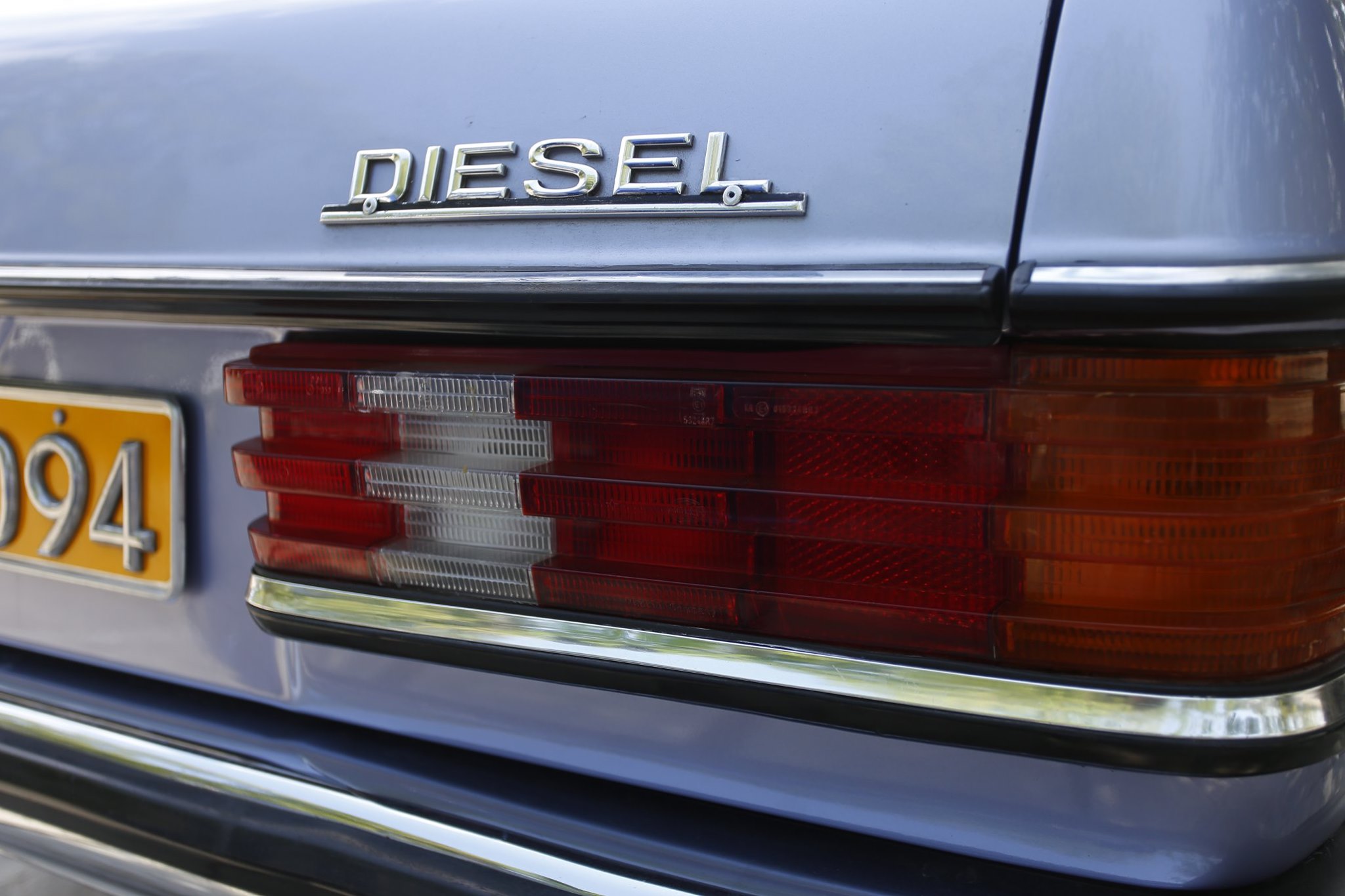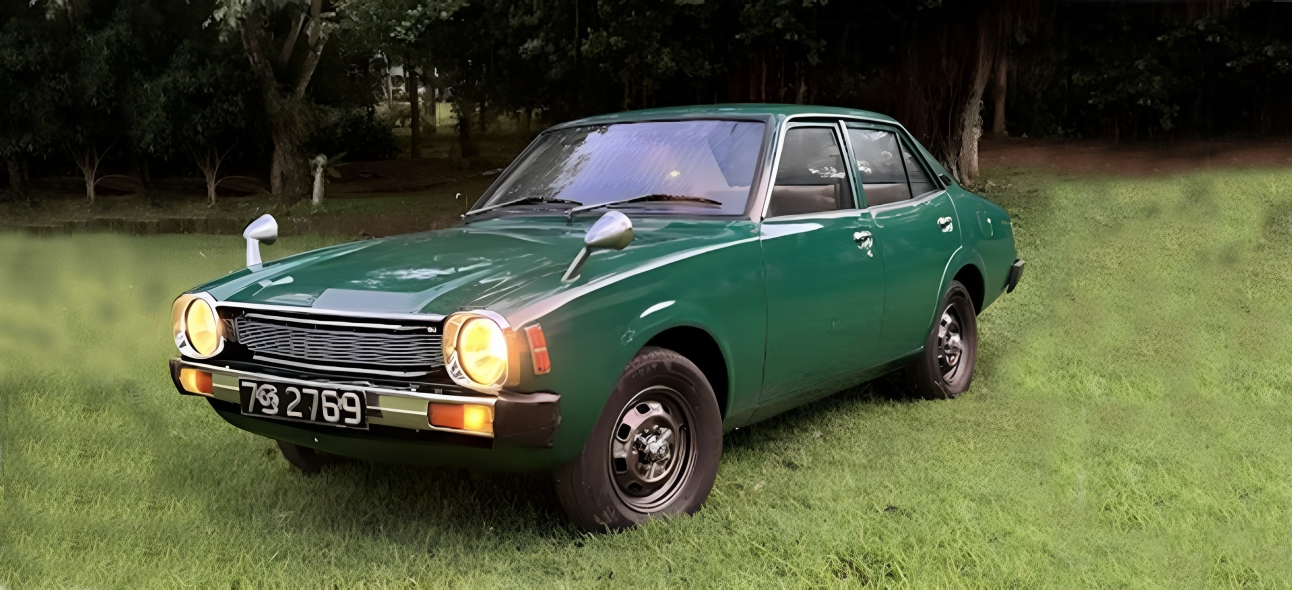Mercedes-Benz W123 200d
A timeless classic in mint condition, owned by a chap who lives and breathes Mercedes-Benz!

Published on 07 Jan 2022
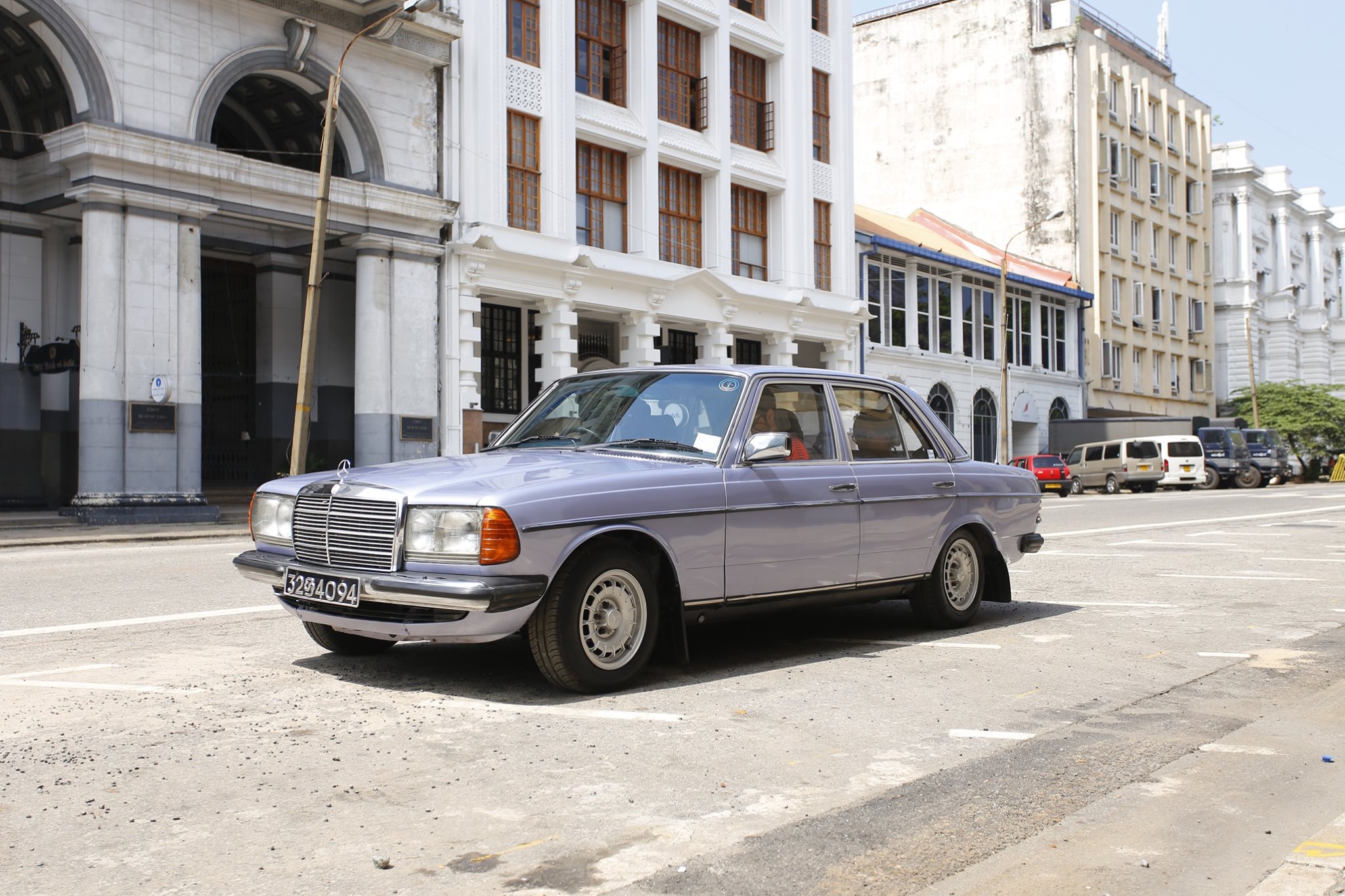
Among car enthusiasts in Sri Lanka and most parts of the world, the ascending numbers 1-2-3 bring to mind images of a no nonsense yet well appointed, carved-from-granite-solid car that screams 70s and 80s. The outline of its side profile looks almost as simplistic as a child’s drawing of a motor car. The same can be said about its front and rear, with unapologetically large, near vertical headlights and deeply creased taillights that could’ve been designed with a ruler.
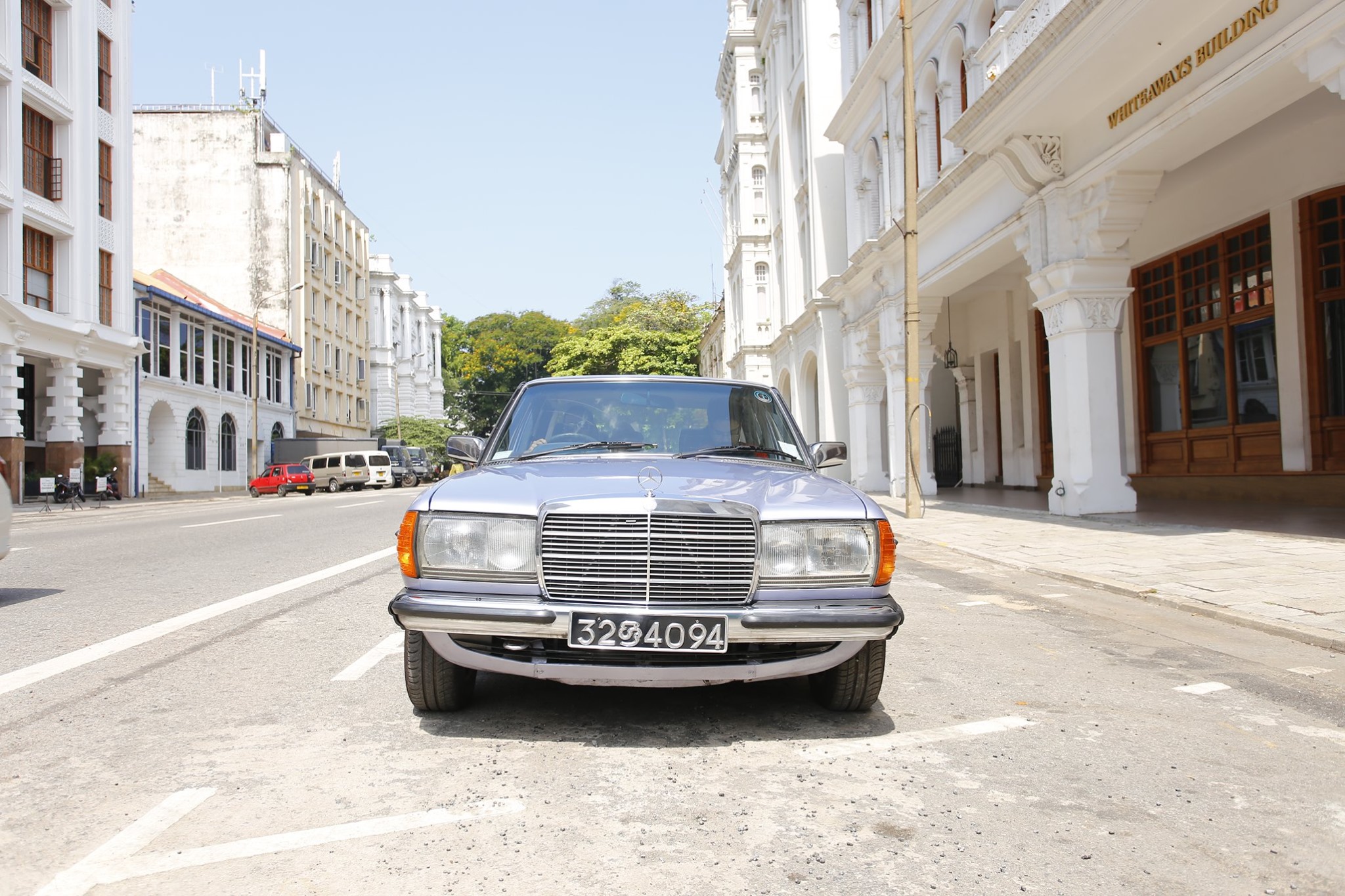
While not sounding particularly attractive on paper, the design of the Mercedes W123 stands as an icon for Mercedes and non-Mercedes enthusiasts alike and it is arguably its visual simplicity combined with its imposing stance that helped it age so little – mind you, this is a design that was on the road as early as 1976. The silver blue car you are looking at on the pages before you is right from the middle of the W123’s ten year lifecycle, owned by a Mercedes enthusiast with fastidious attention to detail, Vimukthi Randeny. Regular readers of Motor may recognize Vimukthi as our resident tech torque guru.
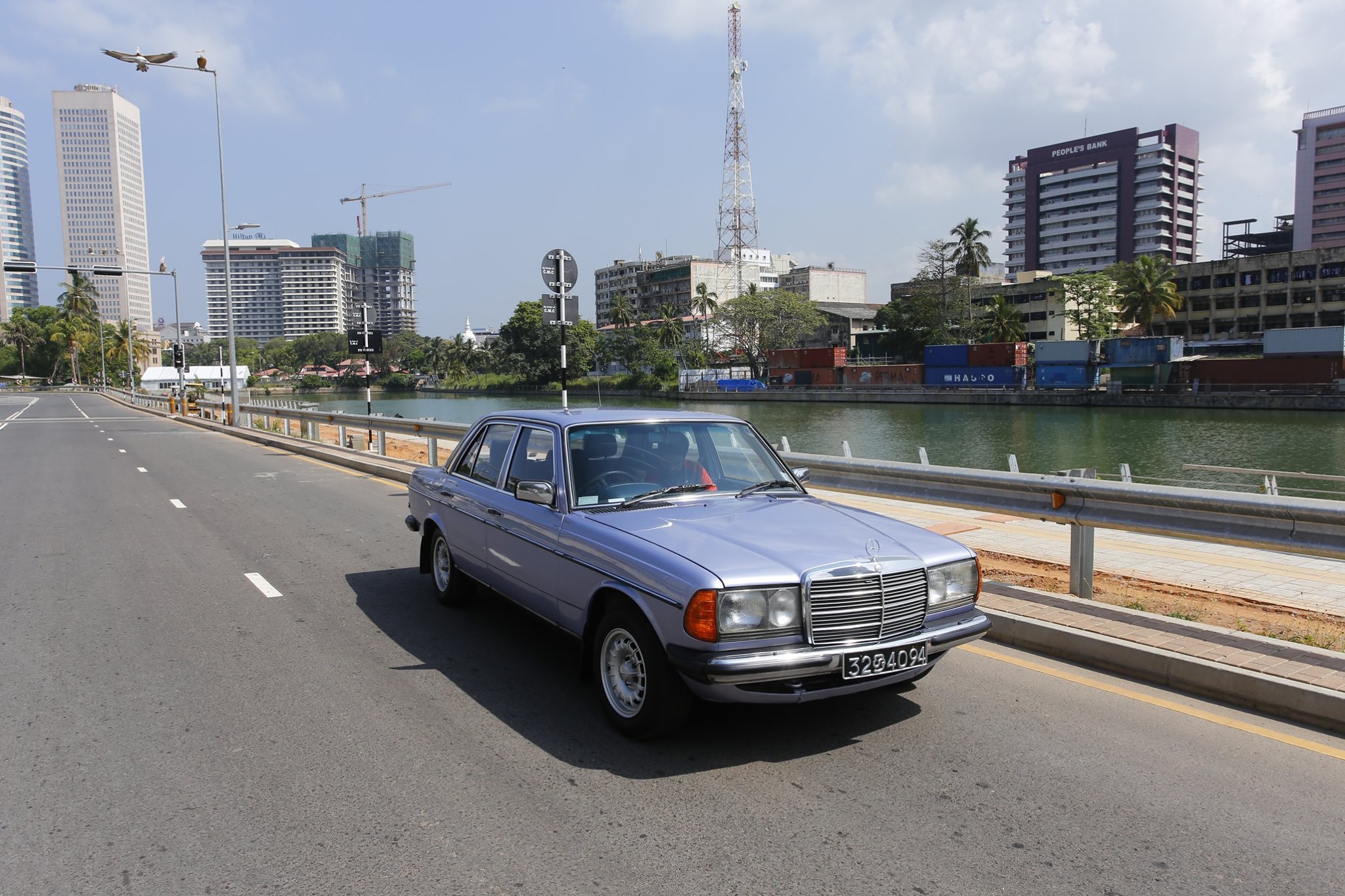
The Training Manager at the local agent for Mercedes-Benz, Vimukthi has all the knowledge, and then some to keep a W123 as original as possible. His story with the W123 began three years ago, when he purchased the car off the previous owner of sixteen years. The car is a “base spec” 200D, meaning 2-liter four-cylinder diesel, sans a turbo. Being a 1982 model however, it has a higher output than the early models (60hp vs. 55hp).
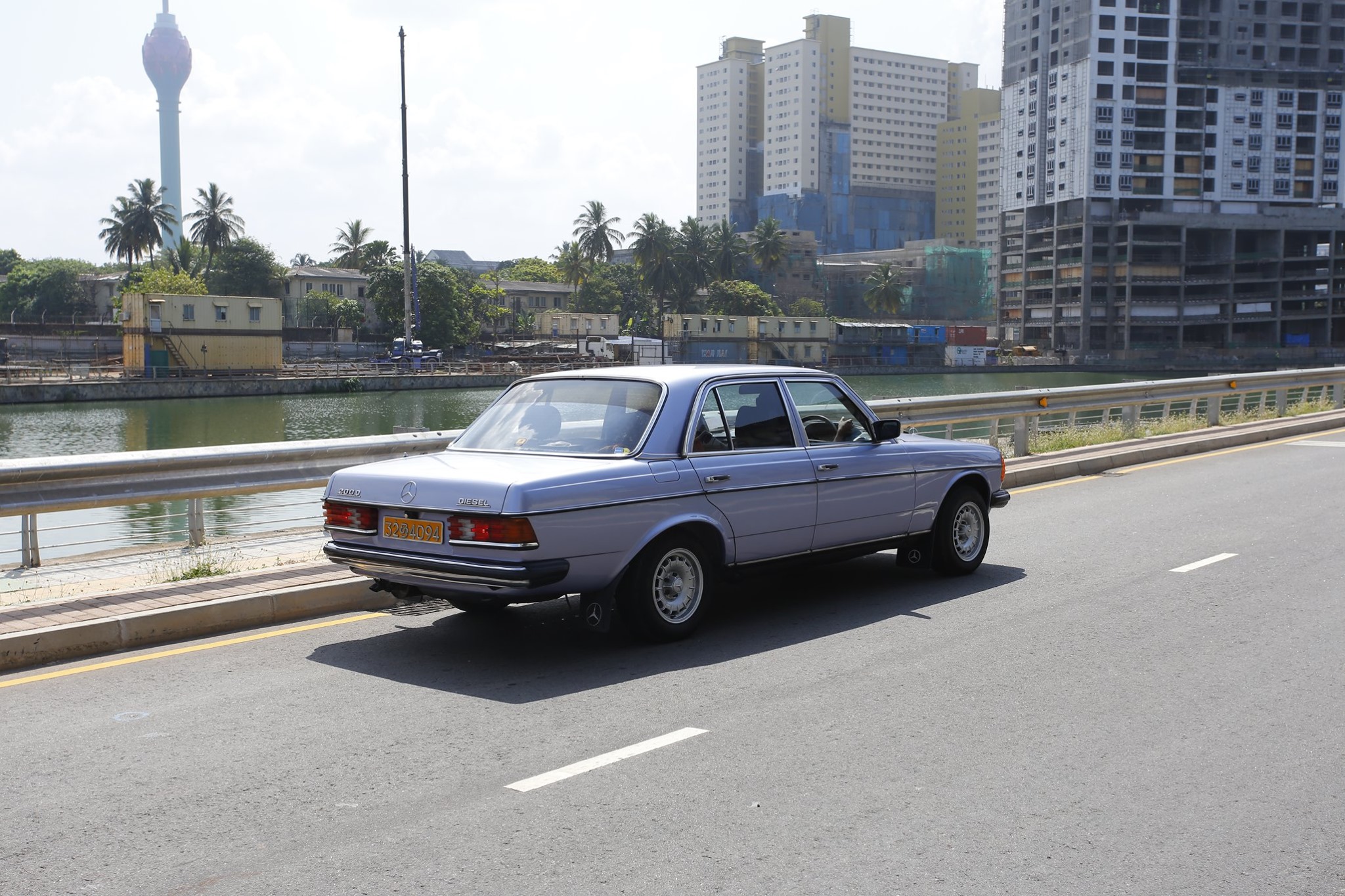
As with any good classic car, the stories that come with it are enough to keep any like-minded individual enthralled for hours – such was my sunny Sunday morning. Vimukthi’s hunt for a W123 had had him look at a few vehicles but it was this car that called out to him – so much so in fact that he purchased it without a test drive! For a technical oriented individual such as himself to do that indeed speaks volumes about the condition of the car.
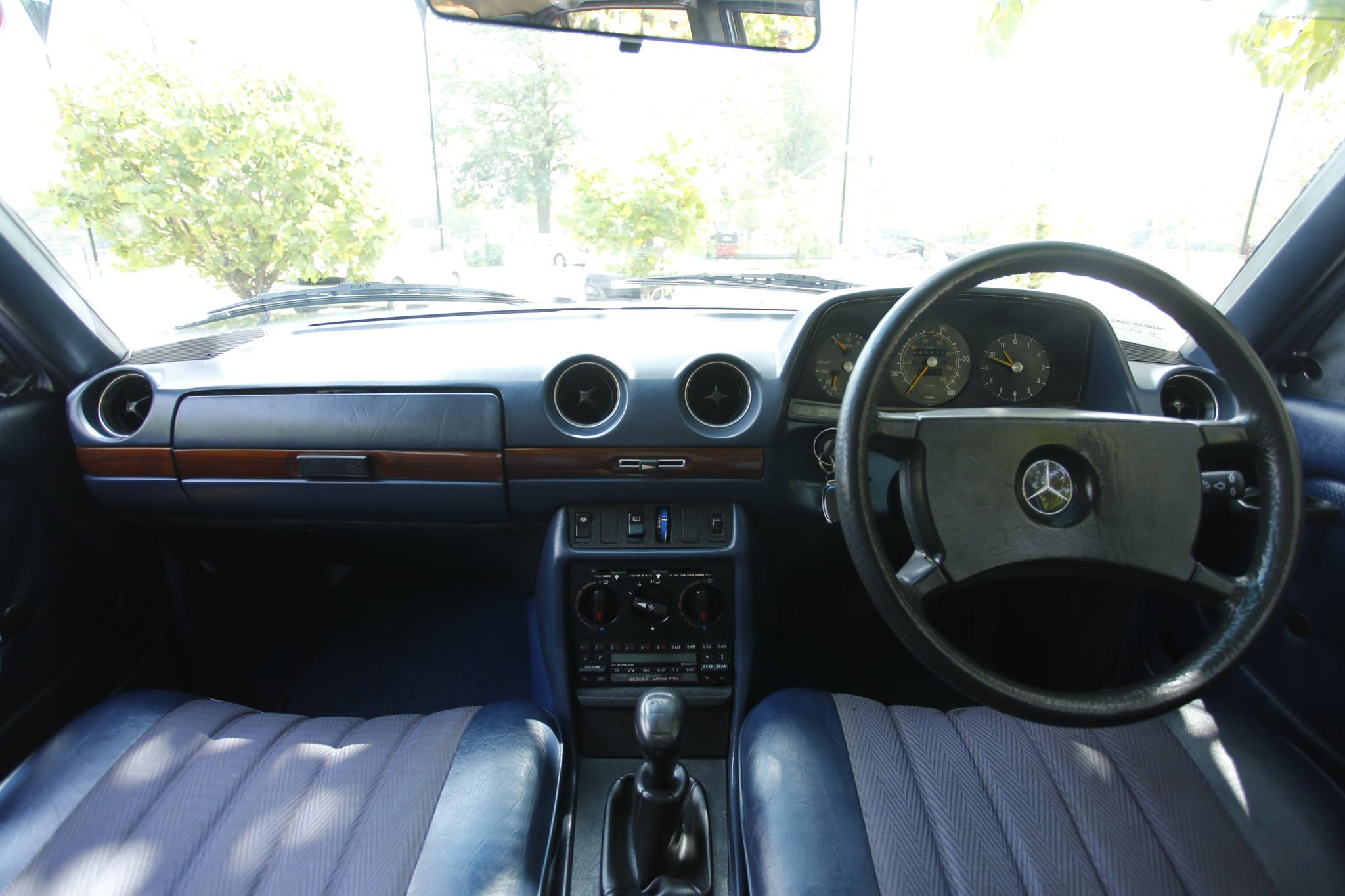
On the outside, the car’s colour is interestingly not 100% original but has had a hint of purple added in when repainting at one point in its life. While being insistent on pure originality, Vimukthi took a liking to the purple tinge in the silver blue and keeps it as his one exception. The metallic finish of the silver blue accentuates the car’s creases and absorbs the gleaming chrome bits well into the overall package.
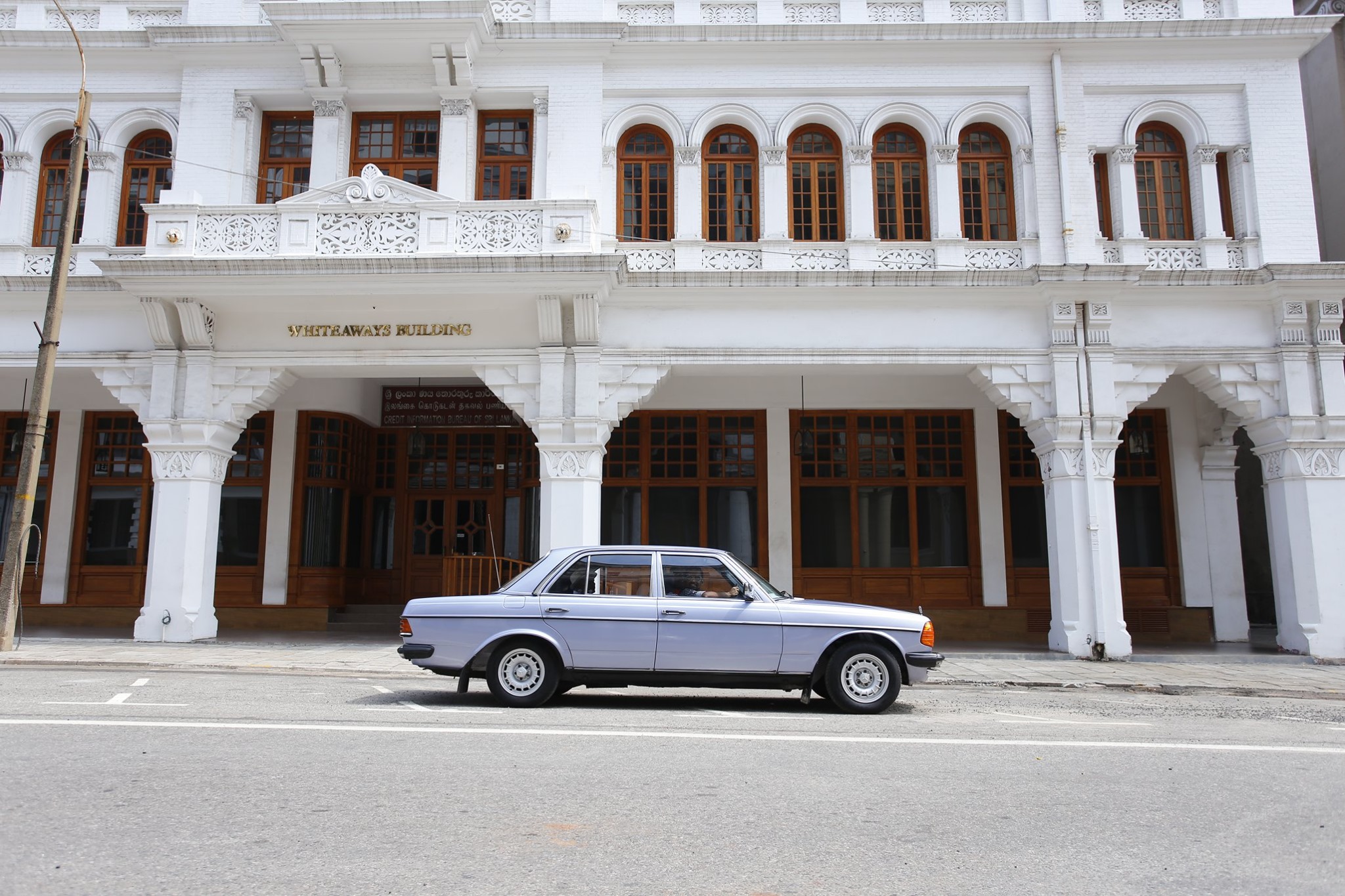
Everything about the car’s design, from the upright radiator grille, the chrome vents at the base of the windscreen, to the chrome beadings around the windows, combine to make this car unmistakable from any angle and, for many, is still the representation of Mercedes Benz itself.
The handiwork of Italian-born Bruno Sacco, the W123 clearly benefitted from his theory that a car design needs to remain relevant for up to thirty years, while also showing Sacco’s experience as Chief of Mercedes’ Body and Dimensional Design department through its perfect proportions. Other familiar and noteworthy Mercedes’ to Sacco’s credit are the R129 SL, the W126 S and W124 E. That list alone highlights Sacco’s fine ability to perfectly proportion a car and the W123 is no exception.
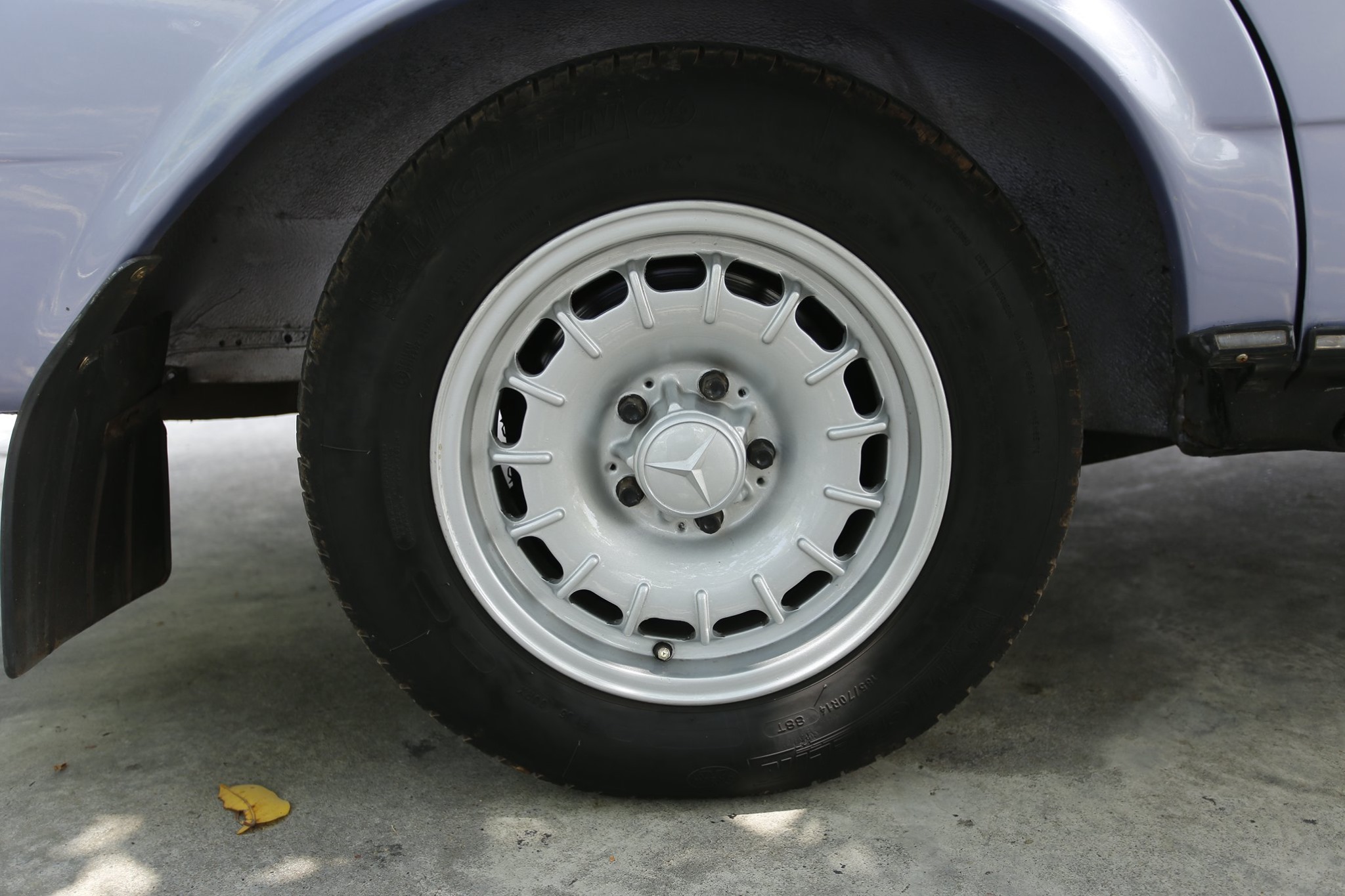
Vimukthi’s car also features the much loved “baroque” style rims (spare included), a personal favourite of mine for the generation. Inside, the car is a treasure trove of period-correct goodness, beginning with the blue colour, a popular choice at the time. The seats are fabric, seemingly more deeply sprung than modern Mercs, and the rear has the optional rear headrests. While not having all the optional wood inserts in the interior, Vimukthi’s car has what could be termed “just the right amount” of it. Being close to forty years old, it is impressive to note the amount of now basic tech that makes the car usable as a daily which, in Vimukthi’s case, it is. Tech like power windows, power steering and air conditioning (with dual temperature!) do away with the effort typically needed to drive a car of similar vintage. Notable and enamouring is the quietness with which the windows and other electronics on the inside operate. Door locks in this generation were pneumatic and devoid of the abrupt buzz of an electric motor while the power windows and antenna, though electric, are somehow extremely well insulated and completely unnoticeable when being operated, unless visually.
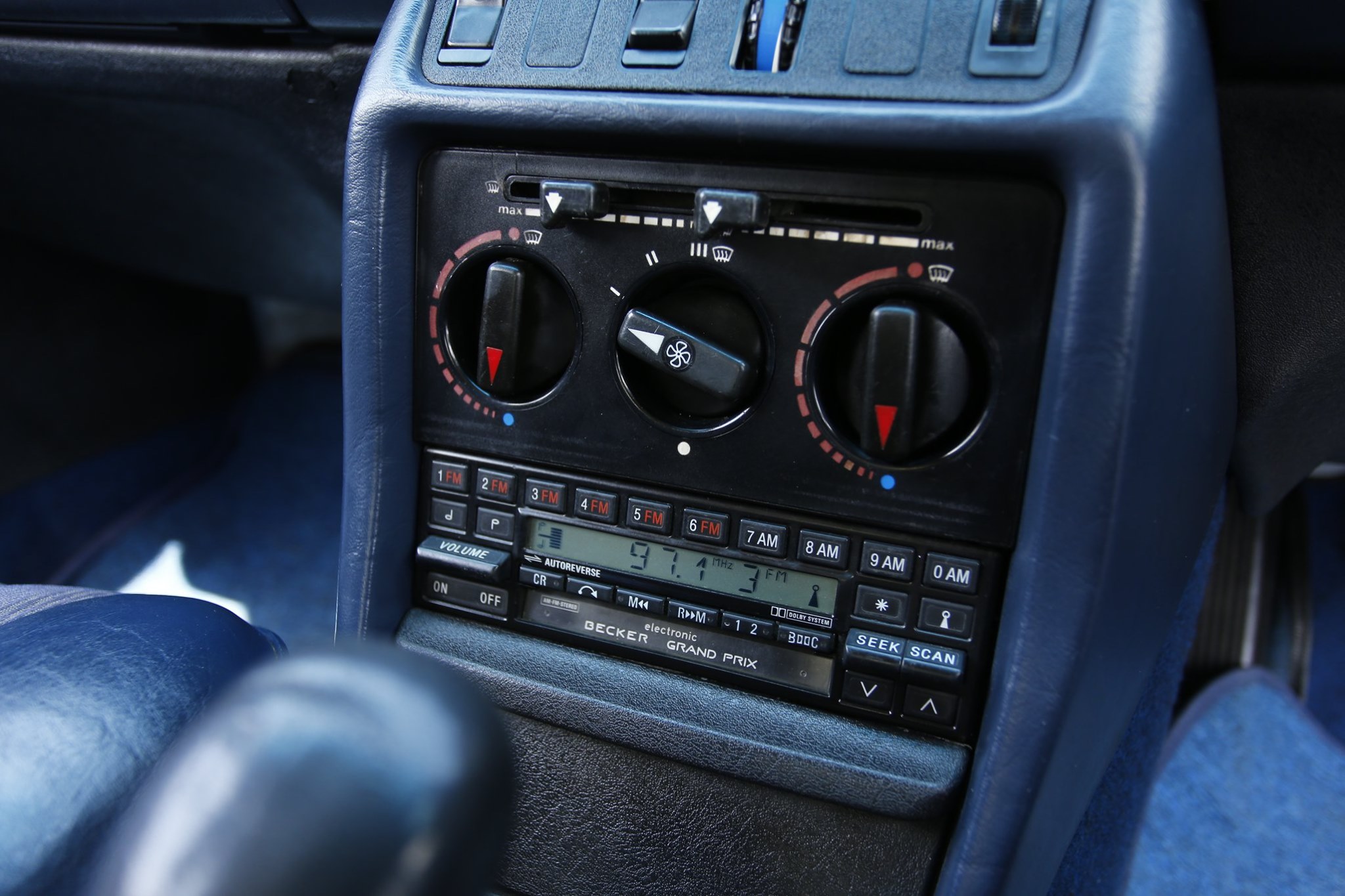
A true rarity, both in terms of brand and period accuracy is the fully working Becker “Grand Prix” radio cassette head unit, complete with rocker switches. The unit was a rare find and came at a price but adds immeasurably to the completeness of the interior where most other 123s are spoiled by completely out of place multi-color LED affairs. Amazingly, the car is still on its first pair of speakers! The optional tow package on this car comes with pneumatic headlight levelling to lower the headlights when the rear of the car is under load, thereby raising the front end – such was the attention to detail. Having explored all this, we close the doors with a thud that sounds almost airtight and set off.
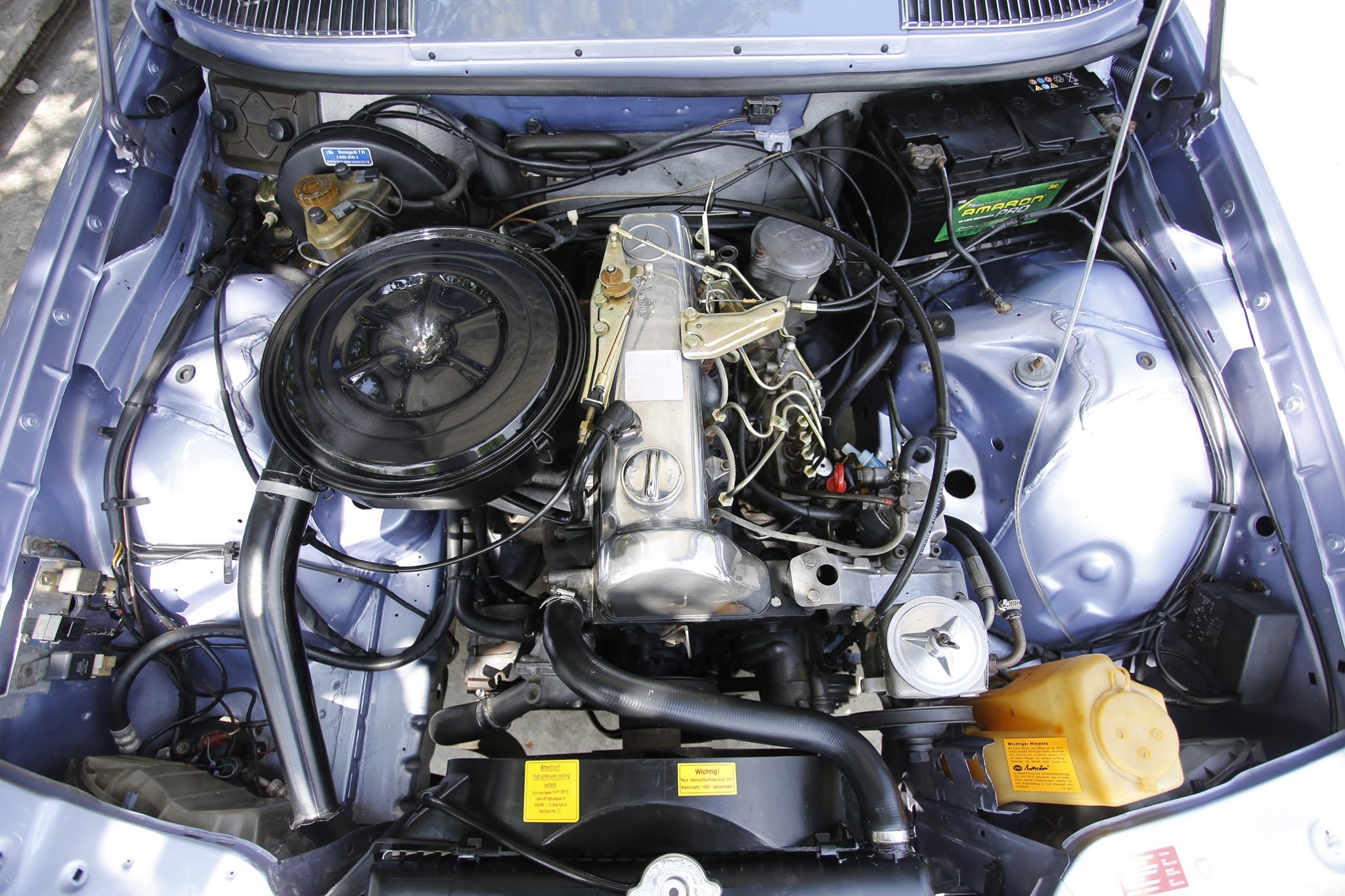
While the diesel engine is impressively quiet at idle, it emits a clearly audible drone under acceleration though not displeasing. Power, even in this “higher output” version is merely adequate but ideal for pottering around the city. Vimukthi’s car also featured the stiffer, “heavy duty” suspension; stiffer in 1980s terms however is still quite soft and, combined with relatively high-profile tires, makes for a nostalgically comfortable ride on the worst of roads, the car absorbing nearly everything. This softness does however take its toll in the bends.
Driving the W123 is an enjoyably relaxing experience and I’m sure the same can be said of the more powerful variants as well. The car is set up for comfort, not aggressive driving and it’s easy to see why so many individuals still call a W123 their daily, forty years on. Vimukthi’s car is an inspiration and a proper ode to the 80s with everything from the handbook to the stereo being printed and manufactured when the car was.
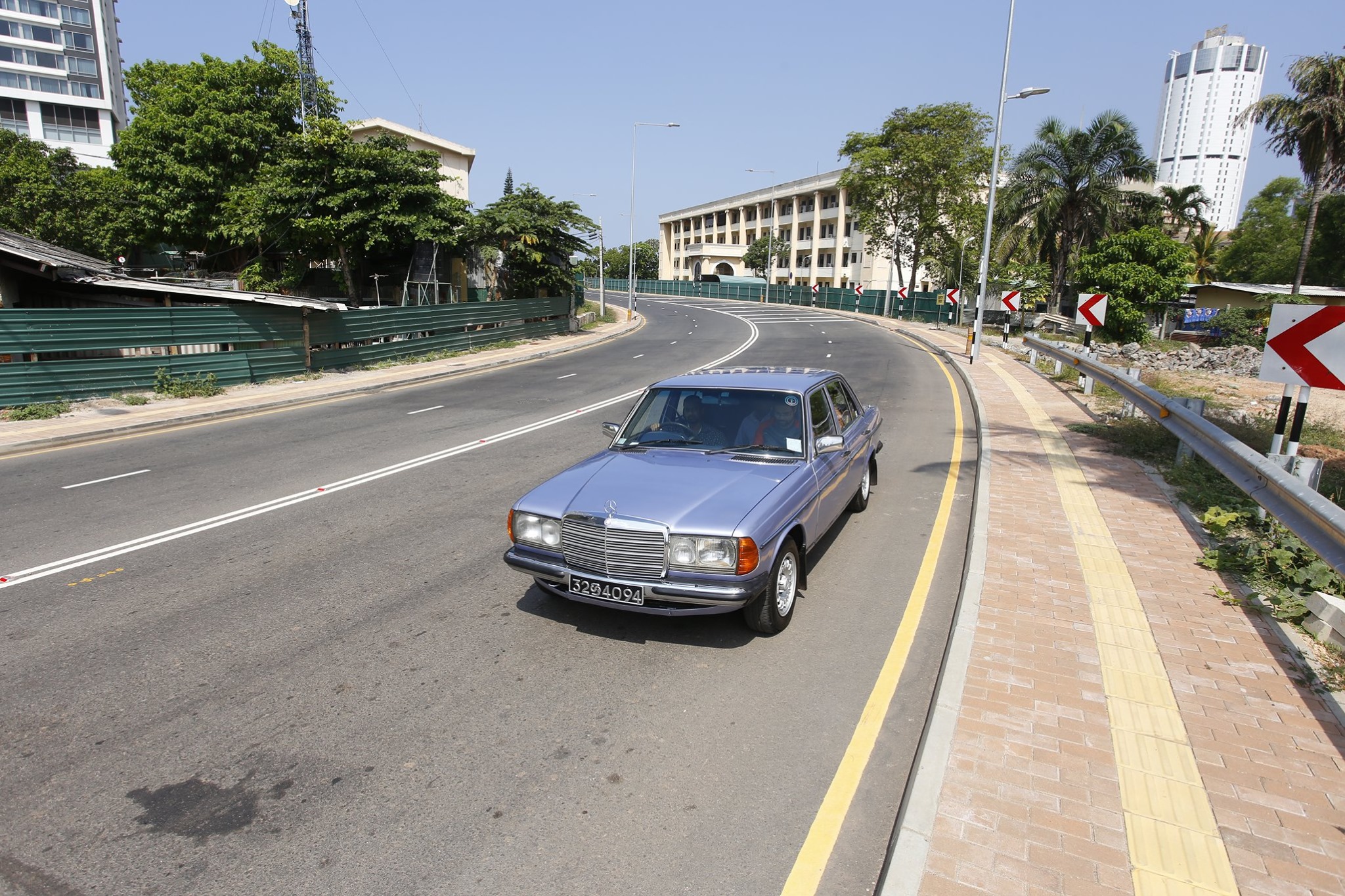
Vimukthi is also in the process of sourcing a working (!) mobile phone from the period, to complement his Monchhichi in the rear, and a four-channel amplifier, again from the 80s. Brilliant, I say, and hats off - it was truly a pleasure to hear the tales and admire the no-compromise approach to this daily-driven car.
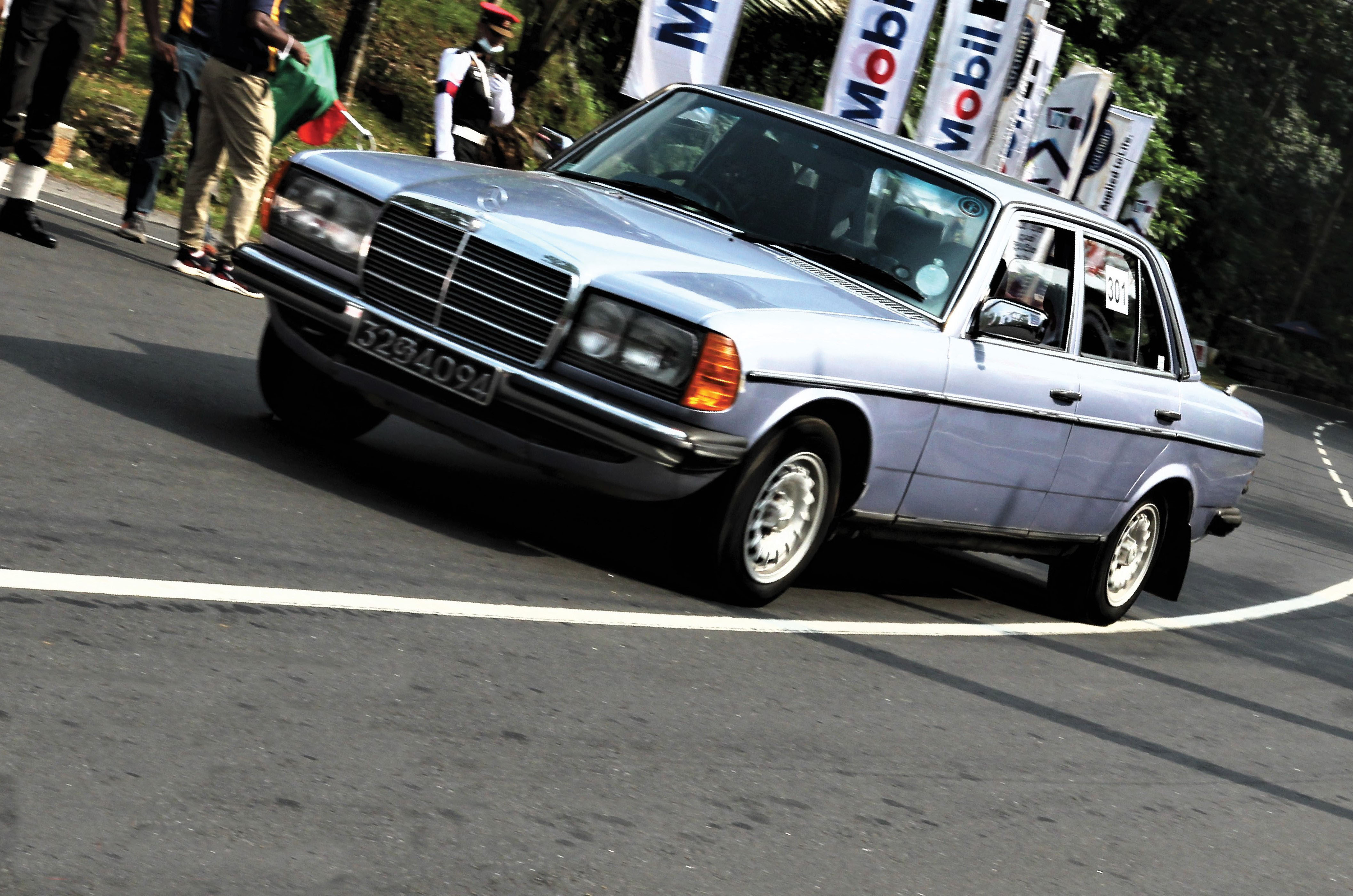
(Photo by Charith Kulasiri)
2021 saw the inaugural run of the Kukuleganga Hill Climb, and Vimukthi brought his trusty W123 to the event, where it powered up the hill with surprising verve for a heavy German with just 60hp. He drove it to the event, did two runs up the hill and drove back home. How’s that?



